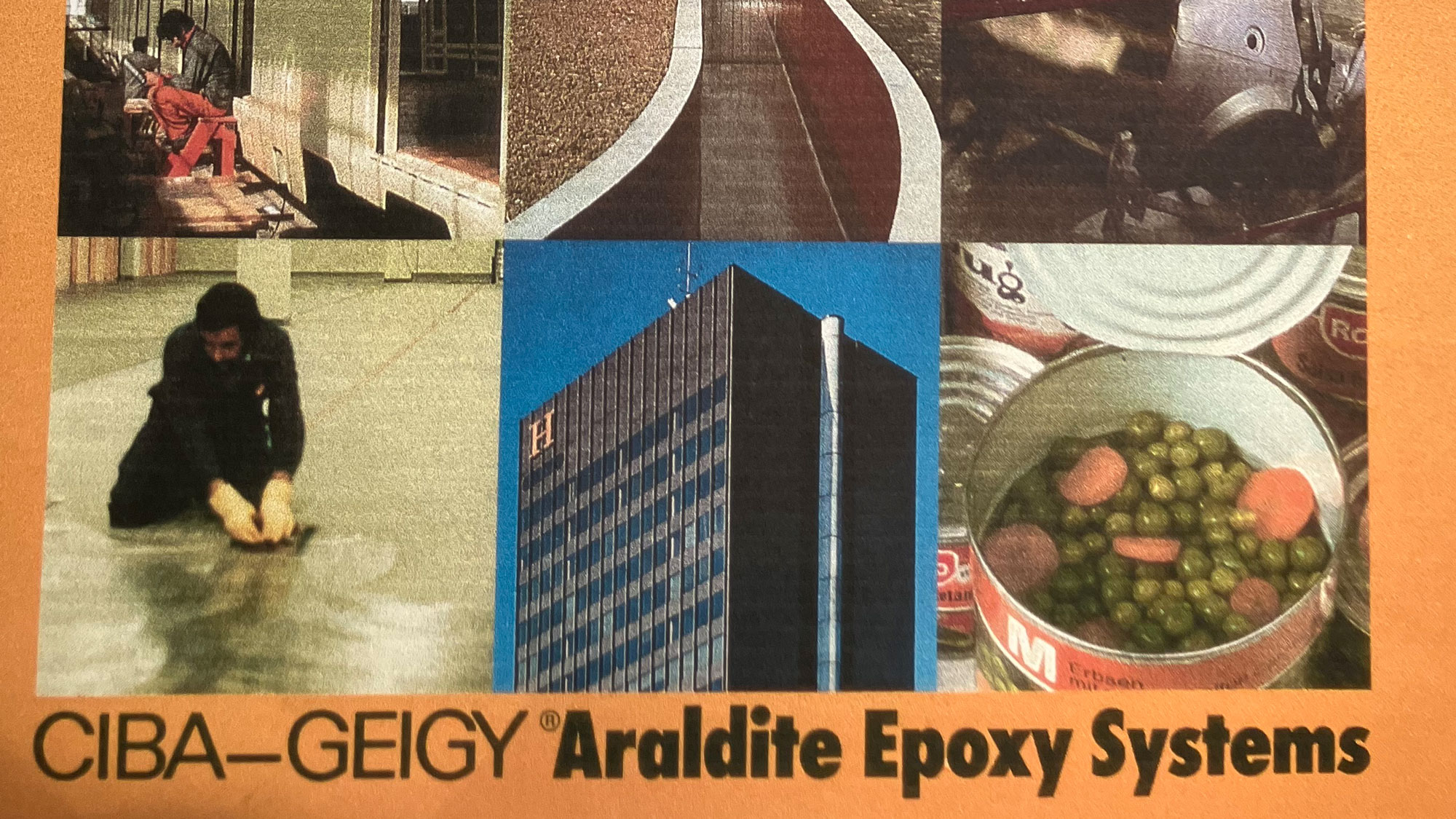History
After making contact in 1991 with engineers from the Japanese company ISEKI, whom Felix Kössler, then managing director of a heating installation company, knew from an assignment abroad, and studying a lot of documentation on the Japanese process, the idea was born to offer the renovation of water pipes with an internal coating in Switzerland too.
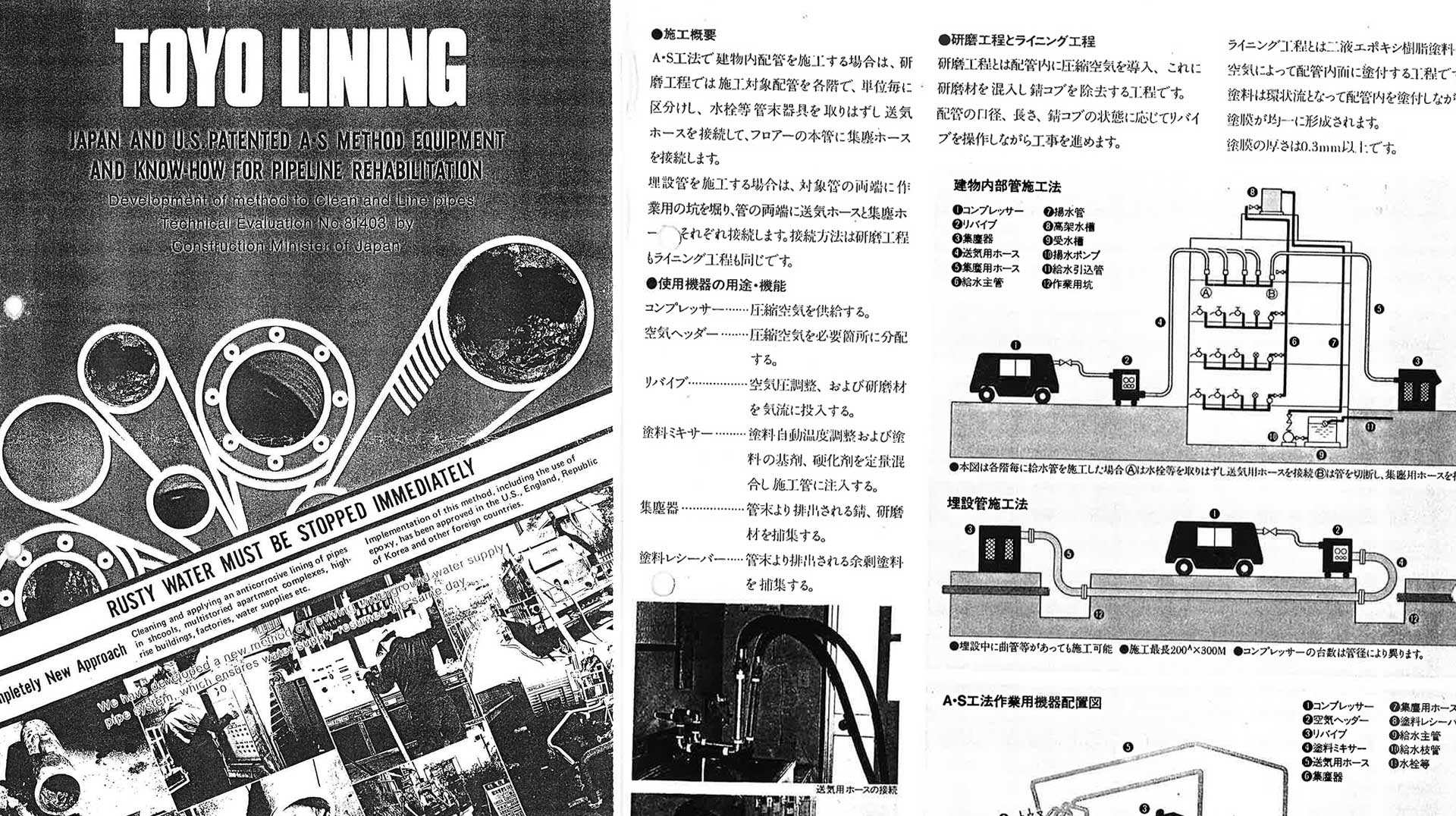
However, initial tests revealed significant weaknesses in the Japanese dry cleaning process. When cleaning the pipes with sand, which was blown through the pipes with compressed air, it was only possible to clean for a relatively short time. The deflection forces in the bends of the pipes were so strong that a hole was quickly created if cleaning took too long.
It was also found that it was only possible to clean in one direction, namely from the small pipe diameter towards the large diameter. When cleaning in the opposite direction, the pipes clogged immediately and it was not possible to clean in the opposite direction, with the disadvantage that uncleaned areas remained in shadow zones.
To eliminate these two major weaknesses of the Japanese process, Promotec developed and patented its own cleaning process together with a renowned Swiss machine manufacturer in 1992. By adding water, the speed of the cleaning process became much lower and the cleaning process was much gentler. As a result, Promotec was the only supplier able to clean until all deposits had been removed.
And cleaning in both directions was now also possible with the wet cleaning process developed by Promotec.
More than 30 years have now passed and the opportunity has arisen from time to time to inspect pipes rehabilitated by Promotec from earlier times. And it turned out that pipes that had been rehabilitated over 20 years ago were still in perfect condition. Even after 20 years, the coating was still as good as new. This also suggests that pipes rehabilitated by Promotec will last for several decades.
Despite decades of effort on our part and on the part of our trade association and individual members, the SVGW (Swiss Association for Gas and Water), which is organised under private law, was not prepared to draw up a test procedure for an objective assessment as a basis for certification. The official justification was that there was no hygienically safe coating material and that the process was not controllable. However, neither was ever actually tested and our documents prove the opposite.
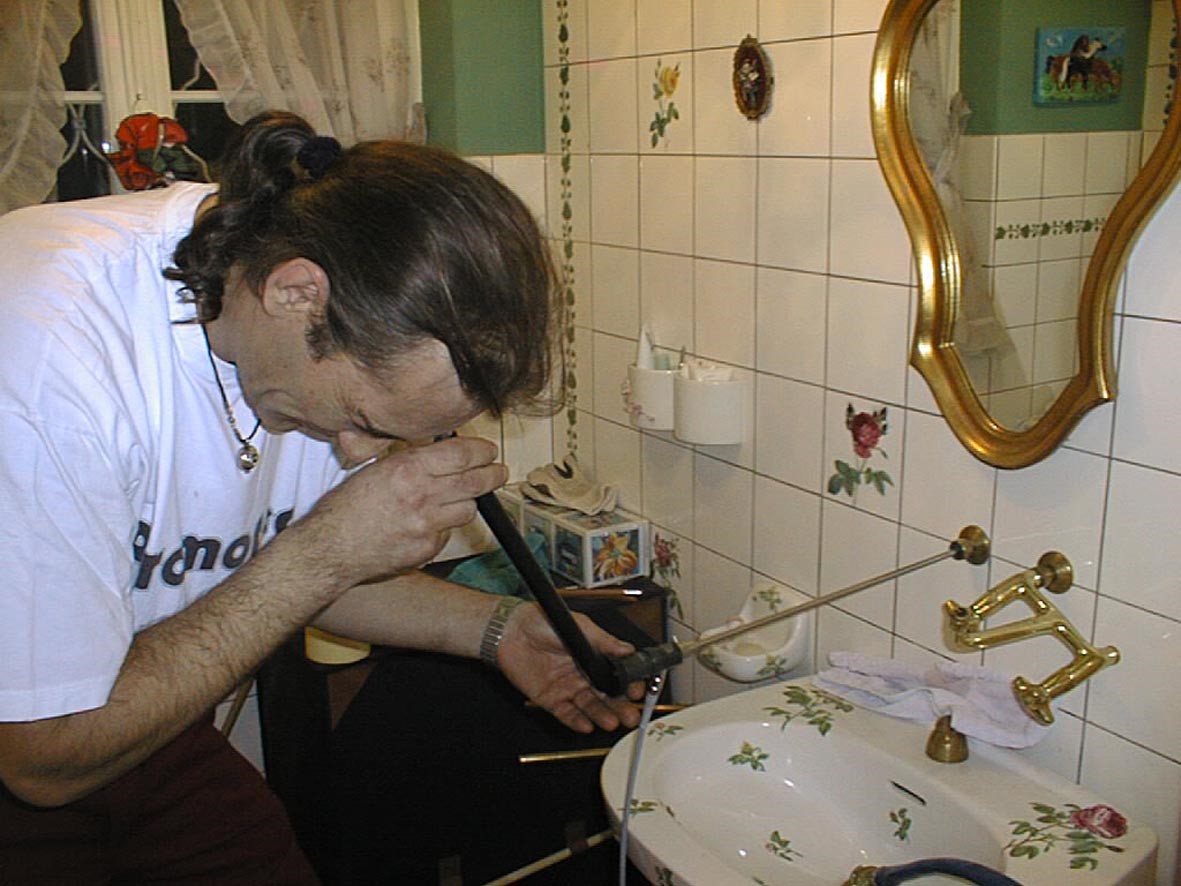
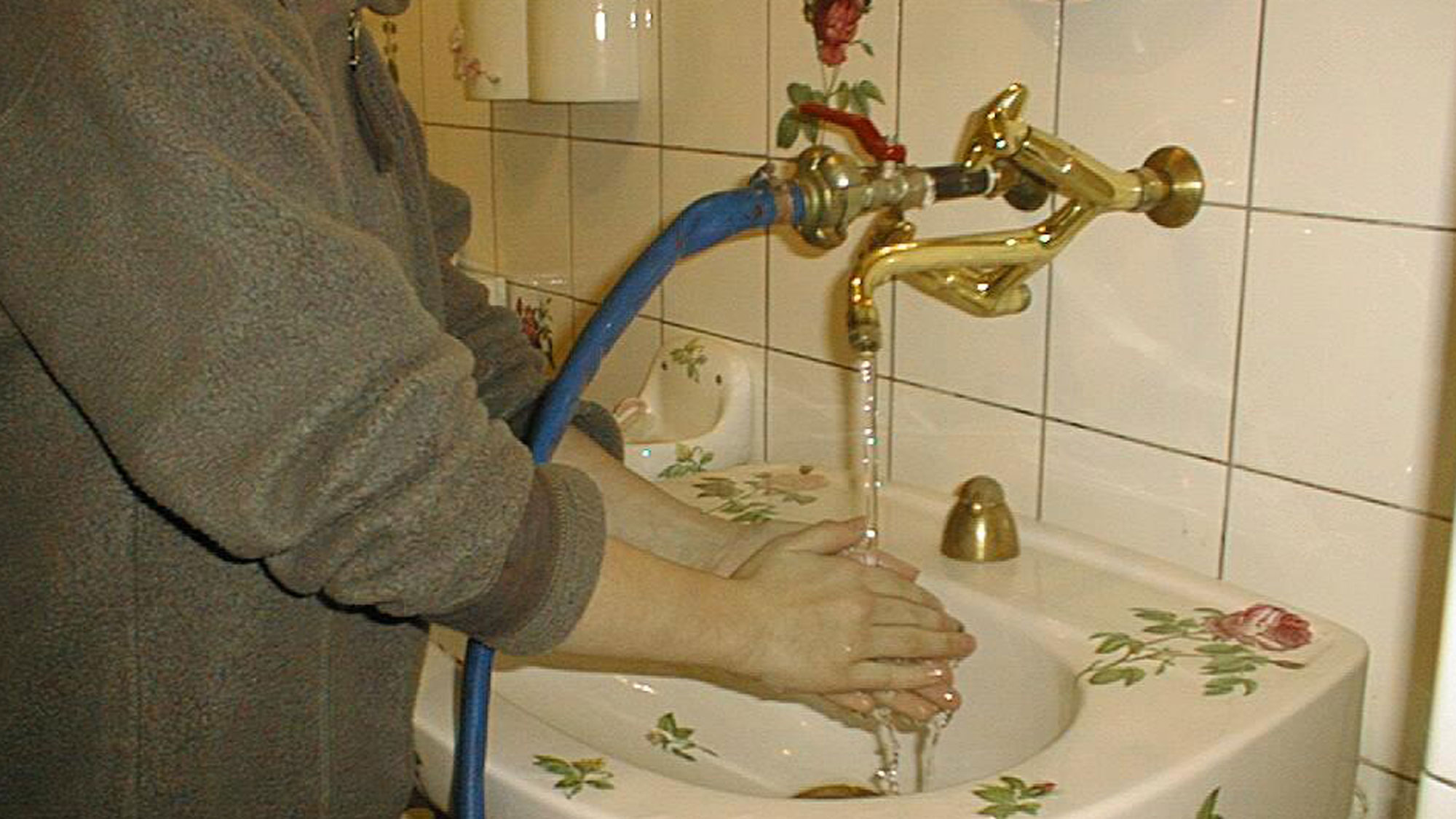
The fact that a perfect coating can be applied was confirmed to us by EMPA in an extensive test of a pipe installation in a three-storey building. All test criteria such as adhesive tensile strength, absence of pores, layer thickness, roughness of the cleaned inner pipe surfaces, salt spray test for infiltration, shrinkage and temperature resistance were met in full.
Disappointed by the fact that a technical organisation that presents itself as independent is not prepared to test a new, cost-effective rehabilitation process, we have now discontinued our efforts to have our process tested after all.
There are repeated reminders that we, as pipe renovators, should have a certificate from the BAG. However, there has been no testing procedure for around fifteen years and therefore no certificate from the FOPH. The FOPH used to test and certify the materials used. In the meantime, ‘personal responsibility’ applies, i.e. we as renovators are obliged to comply with all laws and regulations relevant to food law.
Due to the lack of certification of the coating material by the FOPH and the process by the SVGW, the cantonal chemists were inundated with questions from building owners throughout Switzerland who were interested in rehabilitation. In order to clarify the situation, the cantonal chemists requested a quality check from all users at a meeting in Bern in 2012 with the pipe rehabilitation companies at the time so that they could provide building owners with a well-founded answer. This involved documentation on the coating material used, the work process and sampling procedure, protocol and recording sheets, storage of samples, etc. and the necessary measuring equipment.
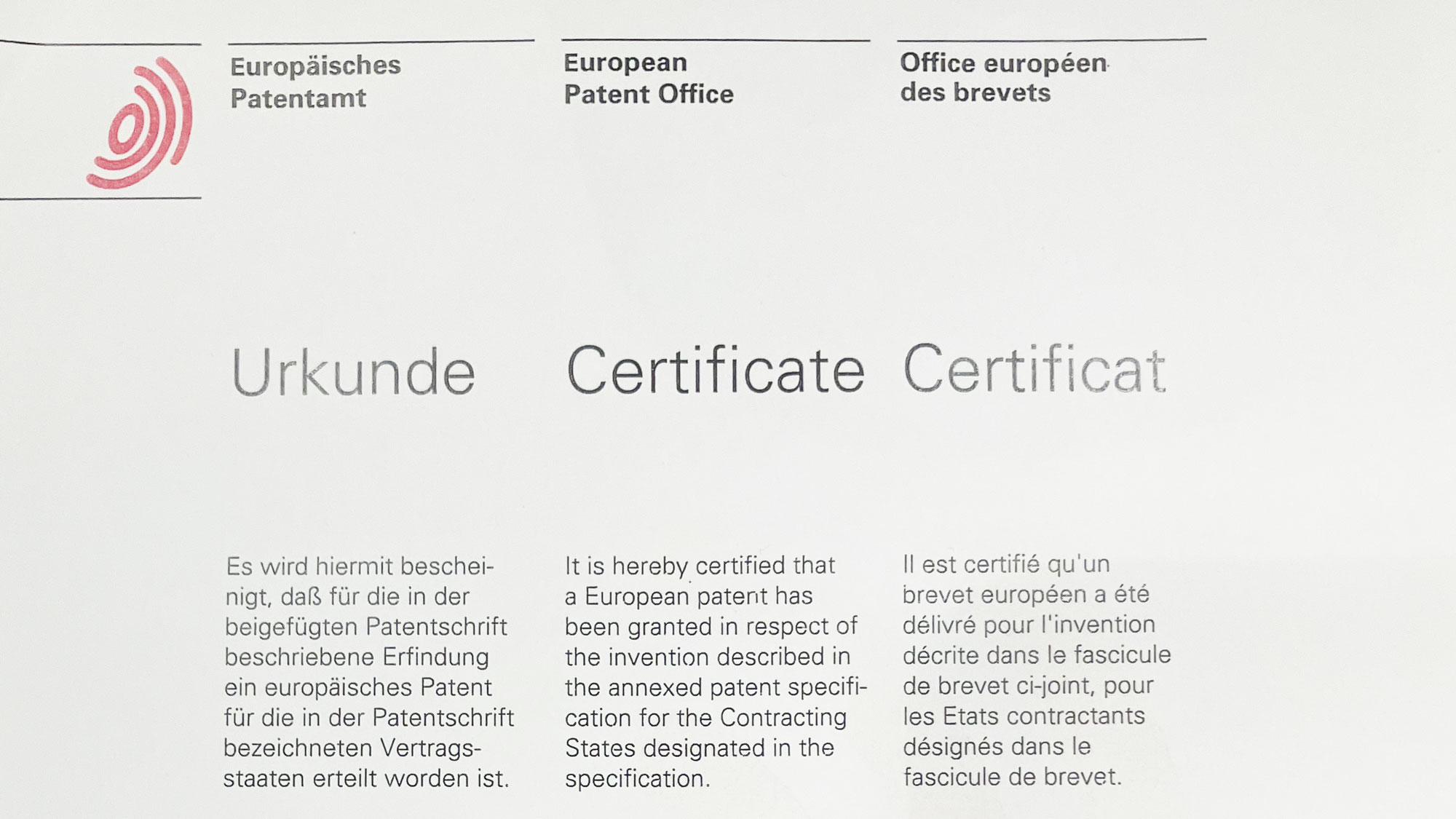
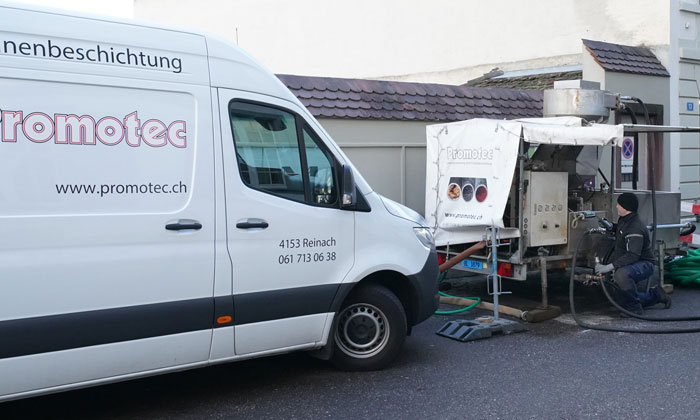
Essentially, it was about traceable quality control in order to be able to retrace the renovation process etc. in the event of any problems arising at a later date. The most important thing here is to take samples of every mixture and coating batch used, which we naturally ensure for every object or every mixture batch.
After thorough testing, the BL cantonal chemist confirmed on behalf of all cantons that the coating material we use complies with the provisions of the Foodstuffs Act (DVGW regulations, worksheet W 270 for use in the drinking water sector) and that the coating material fulfils the epoxy resin guidelines for the hygienic assessment of organic materials in contact with drinking water (KTW guidelines).
The fact that the coating material used is harmless and the measured values are far below the applicable limit values has also been confirmed to us by countless test results from water samples that we commissioned after a refurbishment. You can find some of the test results at waterquality.html. Bisphenol A was practically never detected or was practically always below the detection limit!
To date, over 215,000 pipes have been rehabilitated using the Promotec method and we are proud of the countless response cards we have received from our customers over the last 30 years - almost without exception, we have only received good to very good evaluations of our work. Banks, municipalities, retirement homes, hospitals, countless property management companies and homeowners' associations, theatre buildings, government buildings, etc. etc. Our list of references is impressive, in our opinion.
